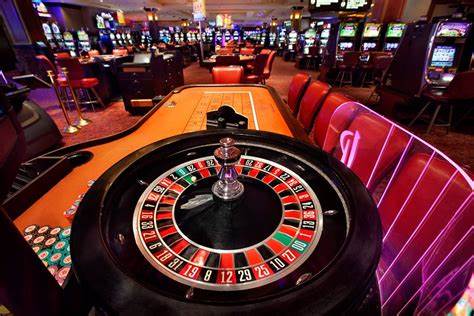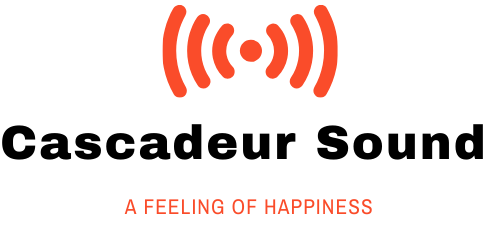I see a lot of people do it. I used to do it myself, and have seen a massive increase in my winnings once I stopped. What is it? I call it “Chasing Aces.” This is somewhat specific to Texas Hold’em – I’m unfamiliar with any other type of poker game where you’re holding just two cards in your hand. What I’m talking about when I say “Chasing Aces” is when you’re dealt an Ace and an unsuited low card, let’s say a 5. Even if they’re suited, that’s a bad hand to bet big on, just to see the flop.
You may disagree. Aces!!! You’ve got an ace in your hand! Surely there’s a good chance this will be a winner, right???

Well…there is a small chance.
Let’s talk about odds for a moment. When you’re playing Texas Hold’em, there are odds to calculate – odds that you should be paying attention to if you are in a serious game/have an intention to win. If you’re playing in a friendly game/just for fun…well, that’s up to you. There are many odds to calculate, but let’s just focus on one: the outs/chance of hitting on the flop to get a good hand. And I’m going to simplify a bit here to make it easier to understand. Poker QQ site will deliver effective results to the poker players. The understanding of the bonuses and jackpots will be great through the poker players. Proper attention will be paid through the gamblers to increase the bank account with real cash.
What “outs” means – for those of you unfamiliar with the term – is the number of cards left in the deck that would make your hole cards – the two cards in your hand – a winning hand. Pairs have the lowest number of outs there are – 3. This is because, for that one ace you’re holding in your hand, there are only 3 other aces in the deck that would complete the pair of aces for you to make top pair. And when you’re sitting at, for example, a table with 8 other players, there are already 18 cards in play – 2 hole cards for each player – leaving 34 cards for the flop, turn and river. When you’ve got only 3 outs, that’s a 1 to 11 odds that you’ll get that other ace to complete your pair. This is, of course, assuming that none of the other players at the table has one of those cards in their hand, reducing the outs to two, one, or even zero. And if another player has two of those three aces in their hand already, and the fourth ace is in the flop, you’ll think you have top pair, and bet big right into their top three of a kind. I’ve seen it happen.
But wait a minute, you might say. What about the other card in your hand? Doesn’t it have 3 outs too, for a total of 6 outs, or 1 to 6 odds that you’ll get a pair??
Well, yes. But think about it. Would you really want to bet big with just a pair of fives in your hand, facing a possible pair of queens, kings, three or four of a kind, a straight or a flush? I didn’t think so.
Or, you could also have a chance of a straight with your A 3 off suited. Let’s look at the outs on that: you’ll need a 2, 4 and 5 of any suit to complete your straight. That’s 12 cards of the remaining 34 cards pre-flop, which gives you a slightly less than 1 in 3 chance you will score one of those cards in the flop, which still leaves you with just a potential straight. The odds of getting a flop of 2,4,5 (of any suit) to complete your straight on the flop is about 1 in 8.5. That is again, of course, assuming that none of the other players has one or more of those cards in their hand, reducing the outs. So again, would you really want to bet big pre-flop with a potential straight, facing a possible pair of queens, kings, or aces? I didn’t think so.
So this is why I call it “”Chasing Aces.” I’ve done it myself, in the past. If I’m on the big blind and no one raises, of course I’m going to check and see the flop. Sometimes I’ll get lucky and get my ace. But I’m not going to risk money if I’m not on the blind, with just an A5. Especially if, as happens in tournaments, the blinds have increased to $1,000.

I’ve also lost to it, sure. Someone goes all in with an A5 off suited against my KK, and they get an ace on the flop, turn or river, and they win. But does it happen often enough to justify paying the see the flop every time you have a single ace in your hand? I don’t believe it does. Even at $30 a pop, that will drastically reduce your stack quickly, even if you do hit an ace once in a while. I’ve also seen where someone got an ace to make their pair and pushed all in – ignoring the other 4 cards on the table, and run right into a straight or flush. It happens.
Now if I have a KA in my hand…or a QA…that I’ll go in on to see the flop, up to a reasonable point/amount. I’ve even gone all-in on KA, when I’m up against someone known to bluff/act stupid, or I’m seriously short-stacked and it’s time to make a move. Why? Because if I get the K or Q, that gives me a court pair, and well..that’s a good hand to be going on with. Pair of fives? Not so much. If the flop has two fives, yeah I’ll stick with it, because hey three of a kind. But not just a pair of fives. Hah!
This, of course, does not take into account the times you may want to bluff to steal the blinds. That, as they say, is a different tale.

